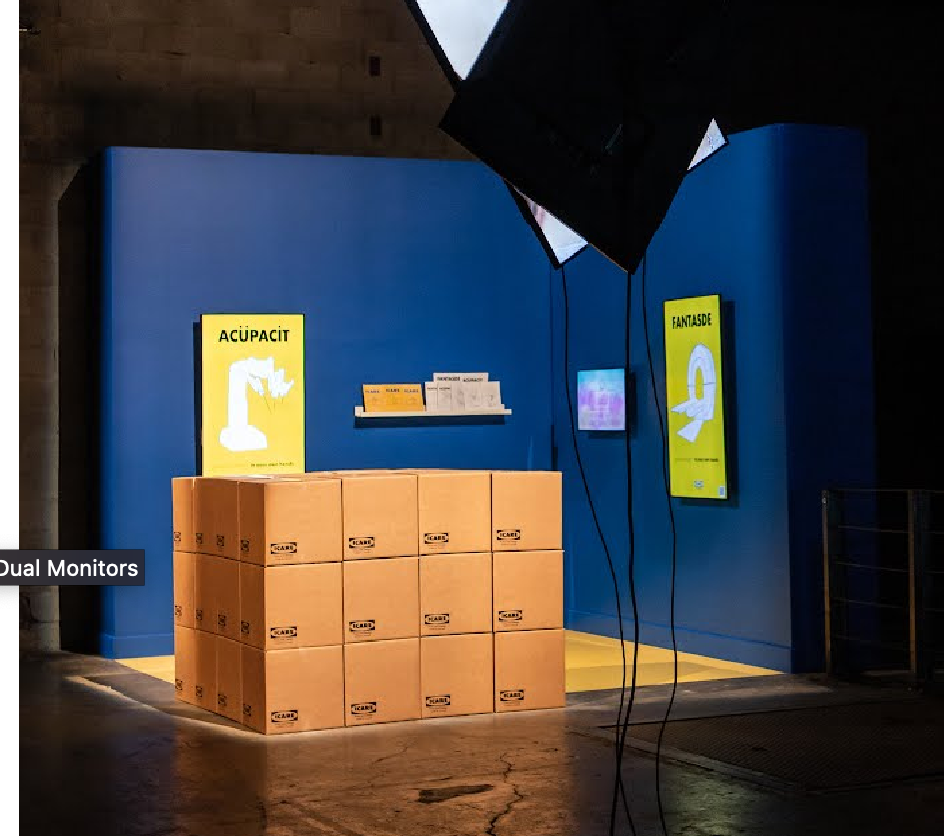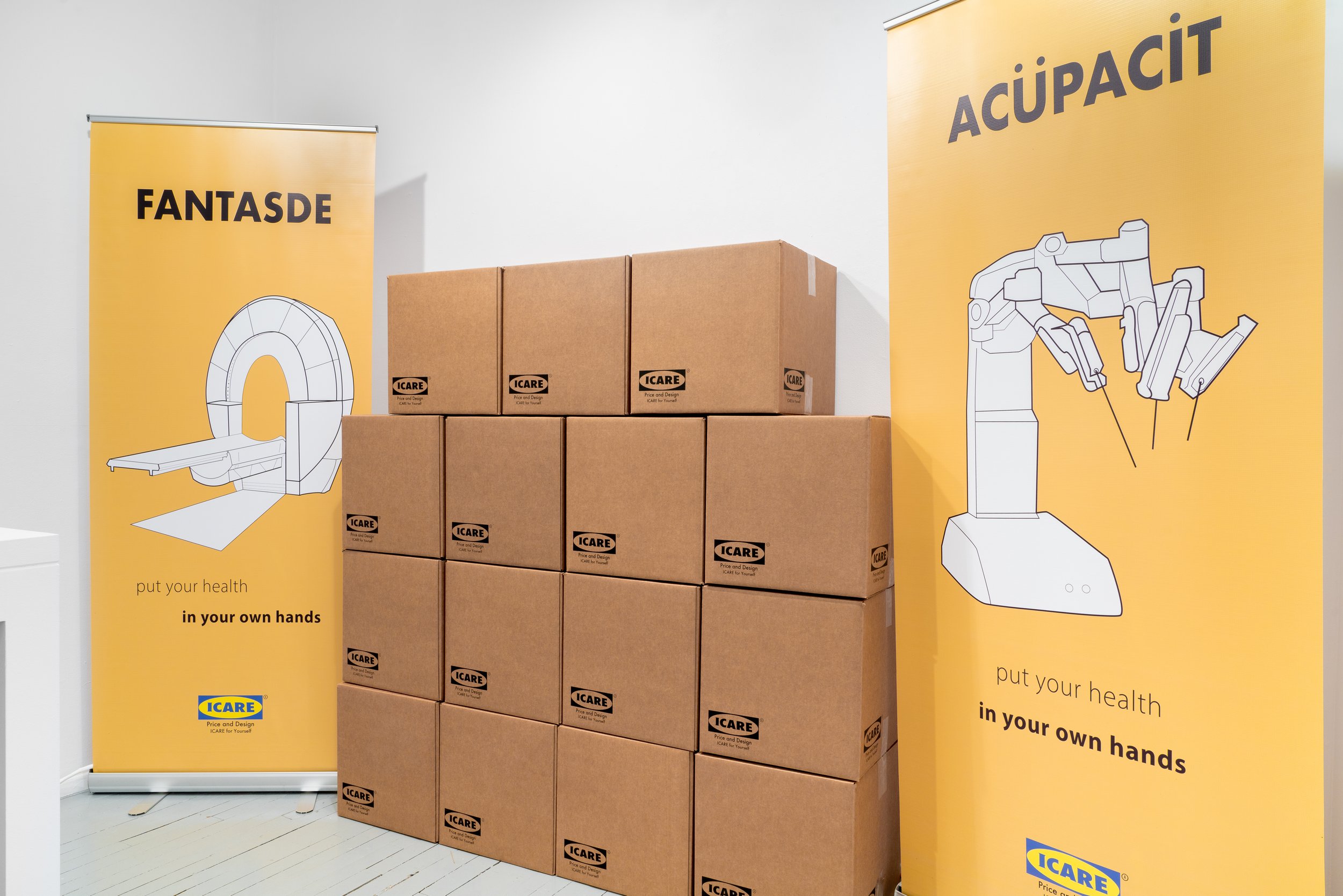
Maybe I can call my generation the IKEA generation.
In this brand, I see a conflict of desires. People want to have nice furniture, but they, or we, don’t have money for it. So IKEA products ask people to assemble and disassemble their own furniture to keep the costs low. DIY culture is marketed to us as a value, but it is really tied up with the capitalist system. Somehow, this brand has found a way to turn our labour into something trendy. IKEA is not the only company to do this, but it might be the most iconic. Our economy is transitioning to a model where we perform tasks for ourselves that used to be paid labour by employees. This is disguised as a convenience, but it’s actually creating more work and anxiety for this generation. We are paying the price for our “convenience” while companies profit from the unpaid labour of their customers.
We are the generation of shadow labour.
There is, of course, a diversity of relationships that people of my generation have with IKEA, however, one of the main draws of the brand for everyone is that it suits the culture of fast fashion. It can be bought cheaply and so thrown away easily. This suits the nomadic, unstable life of many in my generation. Fewer and fewer young people are planning to buy a prominent home and settle. In some cases this a deliberate choice, but in the case of a great deal of “millennials”, the notion of homeownership has never even occurred to them because the costs make it so ridiculously unattainable. The popularity of IKEA goes hand in hand with my generation’s constant state of impermanence. The idea of a permanent place or career feels like an antiquated notion of another time.
We are the generation of planned obsolescence.
When I look around, I see the commodification of everything, even my own health. I can imagine a world sometime in the near future where this concept of DIY as a virtue creeps its way further and further into the realm of health care. The very companies that exploit us for labour will be the ones selling us DIY remedies for our health problems caused by our constant stress and anxiety. We must be the ones responsible for our own care so that we can stay happy and, most of all, productive! Is there a limit to the care one can be expected to be able to give to oneself?
This installation, I+CARE, mimics an advertisement and a set of IKEA-style instructions for imagined self-care and DIY medical equipment for a home in the near future. The work is a meditation on the alienation and anxiety caused by the shadow labour market of our neoliberal economies. The “Do It Yourself” culture constantly being marketed to us as a form of empowerment is, in fact, a cost-cutting measure where labour previously done by employees is being offloaded onto consumers. These surrealistic instructions for home equipment mock the ubiquity of commercial ads for DIY products and expose their system of influence. These impossible health machine DIY kits portray a future where one imagines that every stress-related medical problem could be solved by oneself. I+CARE intends to illuminate the anxiety of living in non-permanent residences in a capital-oriented society as well as the rhetorical power of positive lifestyle marketing permeating urban culture through “do it yourself” and “self-care” commercial ads. The public nature and location of the Sightings cube make it an ideal space to display such ads that, sadly, could be taken as real in the surreal world of late capitalism.



















